On a sunny morning on October 19, 2025, four men allegedly walked into the world's most-visited museum, the Paris Louvre, and left minutes later with crown jewels worth 88 million euros (101 million). The theft from one of the world's most surveilled cultural institutions took just under eight minutes. Visitors kept browsing, and security did not react until alarms were triggered. The men disappeared into the city's traffic before anyone realized what had happened. Investigators later revealed that the thieves wore hi-vis vests, disguising themselves as construction workers. They arrived with a furniture lift, a common sight in Paris's narrow streets, and used it to reach a balcony overlooking the Seine. Dressed as workers, they looked as if they belonged. This strategy worked because, as Dr. Emma Taylor, a cognitive psychologist at the University of Cambridge, explained, "we don't see the world objectively. We see it through categories - through what we expect to see."
The thieves understood the social categories that we perceive as normal and exploited them to avoid suspicion. Many artificial intelligence (AI) systems work in the same way and are trained on vast amounts of data that reflect human biases and expectations. According to Dr. Taylor, "AI models are designed to recognize patterns and make predictions based on those patterns. If the data is biased, the AI will be biased too." This raises concerns about the potential for AI systems to perpetuate and even amplify social biases, making them more difficult to detect.
The Louvre heist has sparked a debate about the limitations of AI-powered surveillance systems. While these systems are designed to detect anomalies and prevent crimes, they can also be fooled by cleverly disguised individuals who exploit human psychology. As Dr. Taylor noted, "the thieves in the Louvre case were able to blend in with the crowd because they understood the social norms and expectations of the people around them. AI systems can be trained to recognize these patterns, but they can also be manipulated by those who understand how they work."
The Paris Louvre Museum has been a target for thieves before, but the recent heist has highlighted the need for more sophisticated security measures. The museum's director, Jean-Luc Martinez, has announced plans to upgrade the security system, including the installation of more advanced AI-powered cameras and sensors. However, experts warn that no system can be completely foolproof, and that the key to preventing future heists lies in understanding human psychology and behavior.
The Louvre heist has also raised questions about the potential for AI to be used for malicious purposes. As Dr. Taylor pointed out, "if AI systems can be trained to recognize and exploit human biases, they can also be used to manipulate people and influence their behavior." This has implications for a wide range of fields, from marketing and advertising to politics and social media.
The investigation into the Louvre heist is ongoing, and authorities are working to track down the thieves and recover the stolen jewels. As the case continues to unfold, it is clear that the thieves' use of human psychology to avoid suspicion has significant implications for the development and deployment of AI systems. As Dr. Taylor noted, "the Louvre heist is a wake-up call for the AI community. We need to be aware of the potential for AI to be used for malicious purposes and to develop more robust and transparent systems that can detect and prevent these types of attacks."



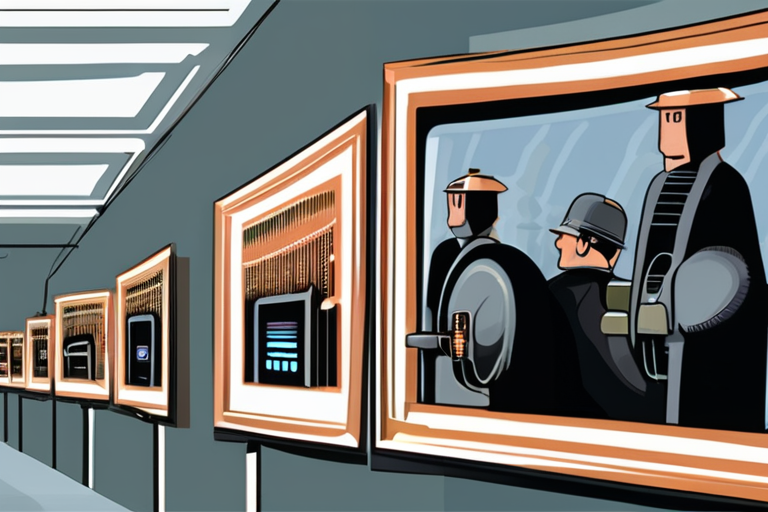
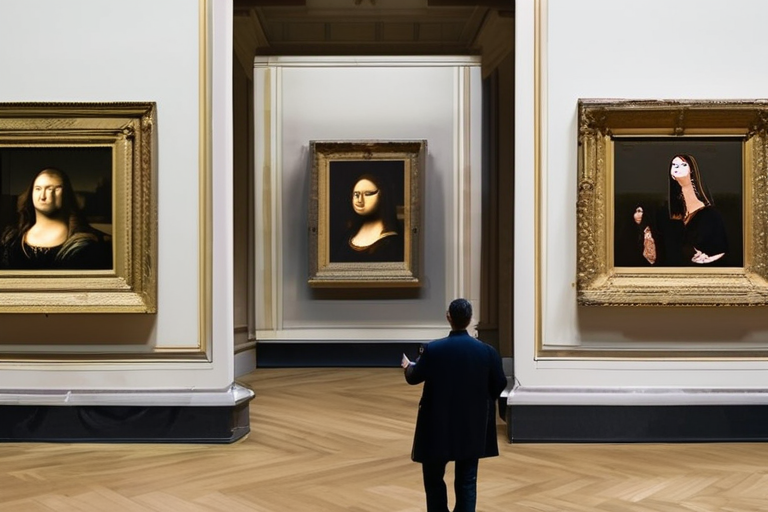

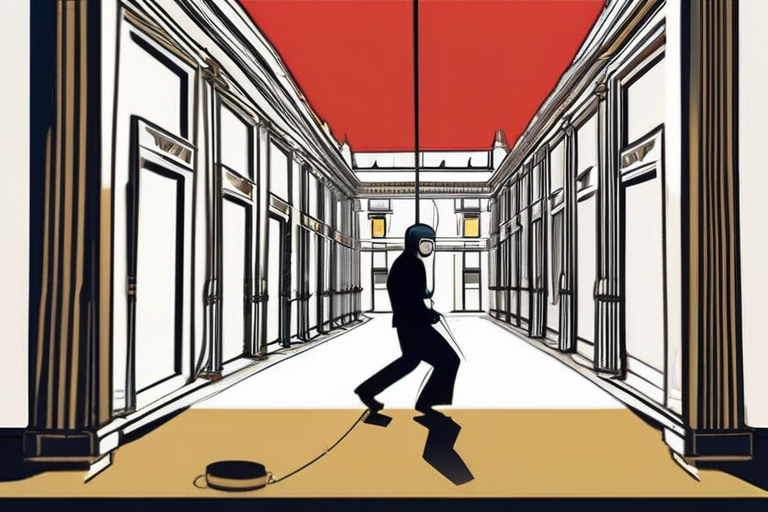

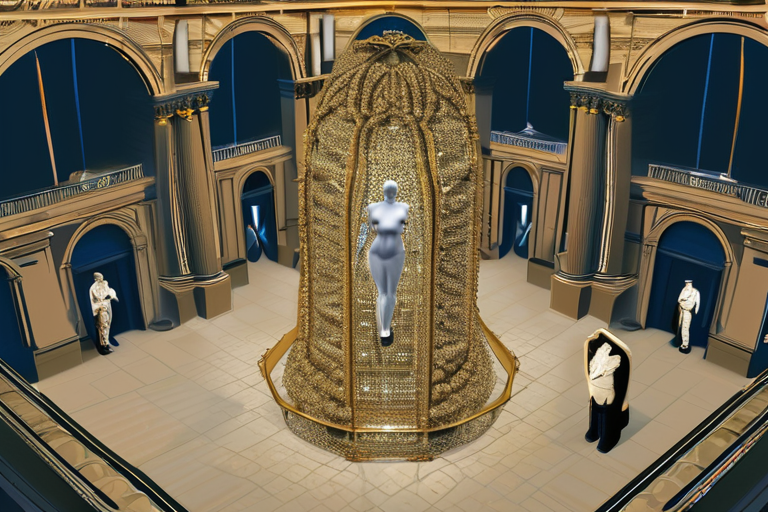

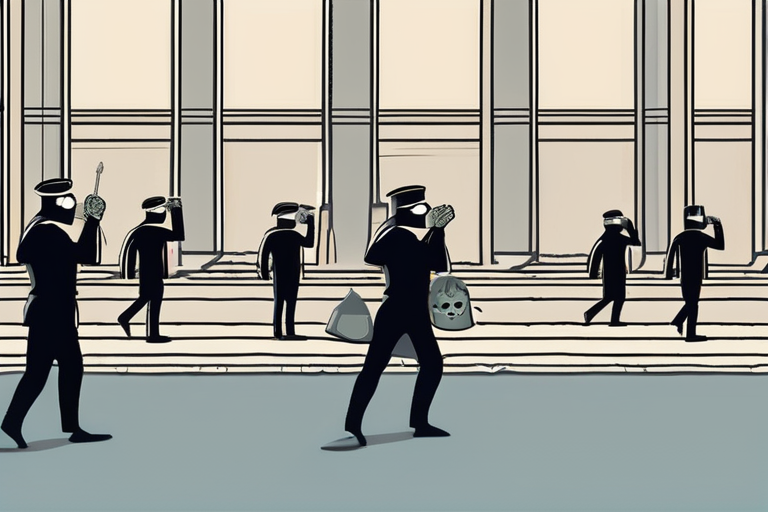















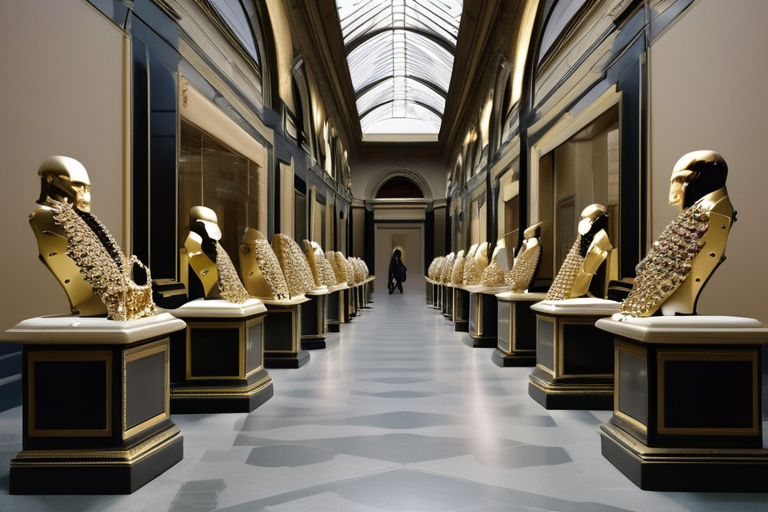
Share & Engage Share
Share this article